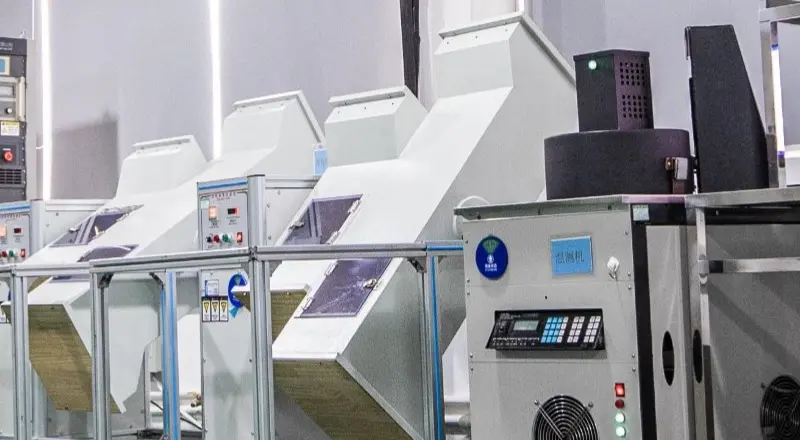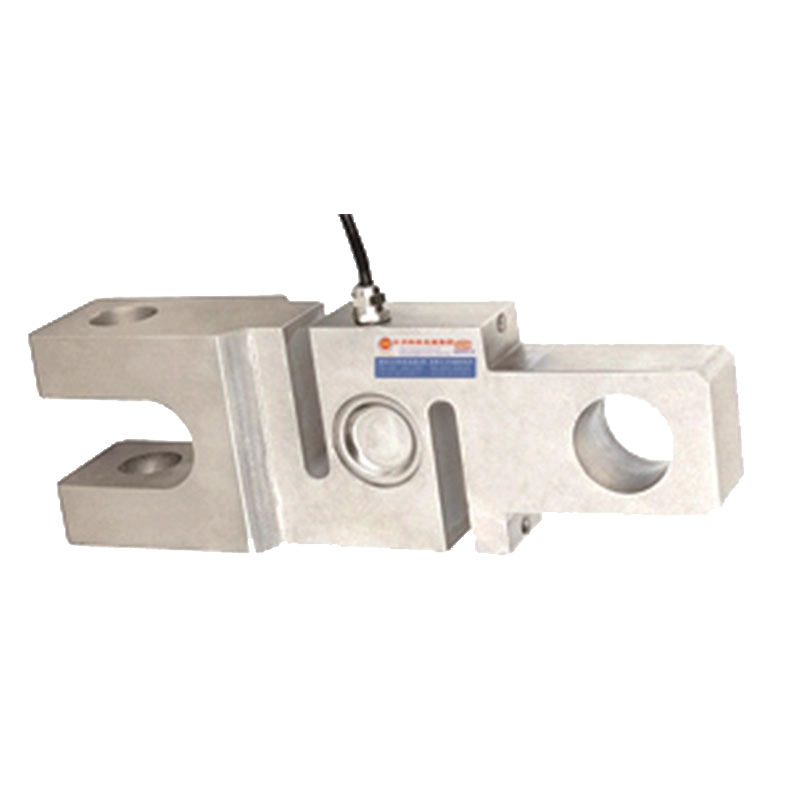Working Principle of Load Cell
Release time: 2025-03-04
Load cells work based on certain phenomena in physics, such as strain, capacitance, piezoelectricity or hydraulic principles. Different types of load cells have different working principles.
Strain gauge Load Cell
Working principle: High-precision strain gauge load cells is based on the principle of strain gauge. The sensor contains one or more pairs of strain gauges. When the object applies weight, the elastic material of the sensor undergoes a slight deformation. The strain gauge is attached to this elastic body, and the resistance value of the strain gauge changes due to deformation. The resistance change is proportional to the applied weight. The resistance change is measured by a bridge circuit, converted into an electrical signal, and finally the weight of the object is obtained.
Advantages: Suitable for various occasions with precision requirements, widely used in electronic scales, industrial scales, etc.
Capacitive Load Cell
Working principle: Capacitive Load Cell measures weight by measuring the change in capacitance. There are two capacitor plates inside the sensor. When the weight of the object is applied, the distance between the capacitor plates changes. The capacitance value is proportional to the change in distance. Therefore, as the weight of the object changes, the change in capacitance can be used to calculate the weight.
Advantages: It can provide high-precision measurement and is suitable for occasions with high precision requirements, such as laboratories.
Oilfield Load Cell
Working principle: Automated oilfield Load Cell measures the weight change of oilfield equipment through the principle of strain gauge. When external force acts, the material inside the sensor deforms, causing the resistance to change, and then the weight is calculated.
Advantages: It has the characteristics of high precision, earthquake resistance, corrosion resistance, and resistance to extreme environments, and can provide real-time monitoring. It can improve production efficiency and reduce maintenance costs in oil and gas extraction, transportation and storage.
Piezoelectric Load Cell
Working principle: Highly sensitive piezoelectric sensors work by using the piezoelectric effect. When an external load is applied to the sensor, the piezoelectric material inside the sensor will generate an electric charge, and the amount of charge is proportional to the applied force. The sensor measures the change in charge and converts it into a weight signal.
Advantages: Fast response speed, suitable for environments with dynamic loads and high-frequency changes, such as vibration monitoring and dynamic weighing.
Torsion Ring Torsion Load Cell
Working Principle: The stable torsion ring torsion load cell measures weight or force based on the torsion principle. When the sensor is subjected to an external force, the torsion ring twists slightly, causing the internal strain gauge to change resistance. By measuring this change, the sensor can accurately calculate the external force or weight.
Advantages: Suitable for a variety of industrial applications, especially in the field of mechanical measurement and weight monitoring.
The working principle of load cells can be divided into various methods based on resistance change (such as strain gauge), capacitance change, charge change (piezoelectric effect), pressure change (hydraulic principle), etc. Different types of load cells are suitable for different application scenarios and accuracy requirements.


 />
/> />
/>